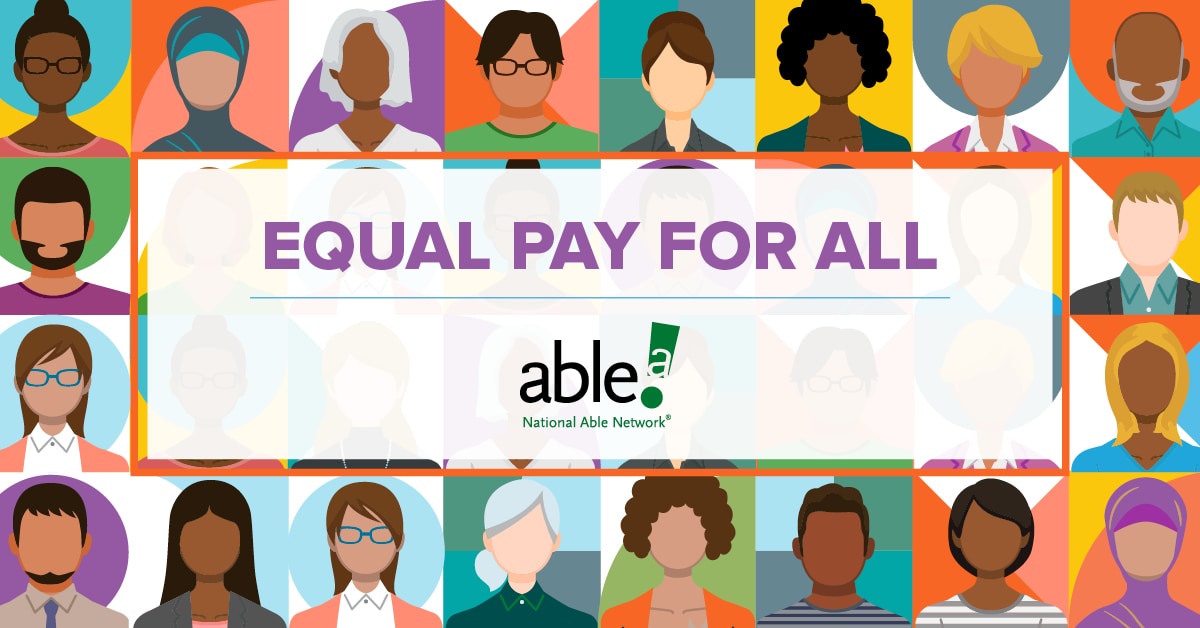It’s Equal Pay Day! As we honor the significance of today, it’s important to recognize its history. In the 1940s while World War II was in full swing, women workers were directly replacing male workers who were drafted to serve overseas. These women were quite literally doing the exact same tasks as their male counterparts albeit for far less pay. Although the National War Labor Board endorsed policies that would make equal pay a requirement during the 1940s and 1950s, the policies failed to pass. The Equal Pay Act was successfully signed into law in 1963 – almost 20 years after it was first proposed. Unfortunately, even after sixty years of the implementation of this groundbreaking law, pay inequity continues to prevail. Today, as we honor Equal Pay Day, we invite you to take a moment and reflect on its significance.
Equal Pay Day symbolizes how much farther into the new year women must work to in order to earn what men have already earned over the previous year, according to the National Committee on Pay Equity. Keep in mind that Equal Pay Day represents the average person and does not include additional demographic factors like race, ethnicity, and even family dynamics. Recent reports indicate that Black women, Latina women, Queer women, and even mothers – all would need to work into the summer and fall to earn what the average man has already earned over the previous year. For this reason, it is critical that we pave the way for pay equity discussions, and more importantly take appropriate action – especially when it comes to career pathway training and employment opportunities.
National Able Network (Able) and IT Career Lab work to ensure that job seekers from underestimated populations can “see” themselves in growing career pathways. One such pathway is in the Information Technology (IT) industry, where estimates state that nearly 70 percent of the IT workforce is white and only 26 percent of all IT professionals are women (less than 5 percent are women of color). Able’s IT Career Lab program opens IT to much needed talent from diverse communities. Currently, the program serves a population that is 45 percent female and 85 percent people of color. The best part? Program graduates gain employment at the same rate and wage levels as their white male counterparts. Some women graduates have even increased wages by 14 percent! If you, or someone you know, is interested in a career that levels the playing field, contact us today.

